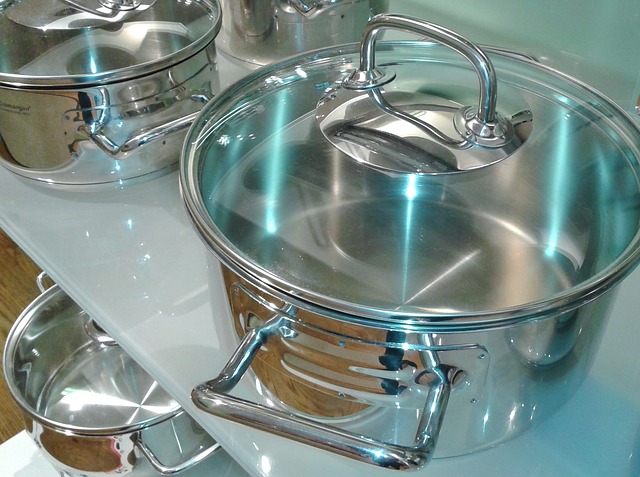Just How Safe is Your Cookware?
Everyone is reading ingredients labels these days looking for potentially harmful additives, preservatives and other artificial ingredients or chemicals. But even if the ingredients label looks squeaky clean, you could be unwittingly adding chemicals and other substances to your food after you bring it home. Your cookware and storage containers might be injecting some unexpected, and often unwelcome, ingredients.
Raw food and vegetables retain their full, vitamin-packed potency better than their cooked counterparts. However, fresh produce that is steamed, sautéed in “healthy” oil, such as olive oil, roasted or lightly boiled is still incredibly nutritious if prepared correctly. And part of proper preparation includes paying attention to the type of cookware and storage containers used.
Teflon
When cookware coated with a Teflon non-stick surface hit the market, the event was hailed as the greatest thing since sliced bread. Recently however, this wonder coating has come under the scrutiny of health officials and researcher. Why? Because of concerns related to pentadecafluorooctanoic acid (PFOA or C-8), which is used in the manufacturing process of Teflon, other stick resistant surfaces, Gortex and even pizza boxes.
The EPA has noted that PFOA is a “likely carcinogen” for those involved in the manufacturing of Teflon but not necessarily for consumers. However, there has been little research into whether or not eating foods cooked with Teflon coated products is harmful.
Meanwhile, manufacturers continue to insist that, unless heated to high temperatures, the coating is safe for humans. Now a recent study found that no “vapors” were released when treated under these conditions. But alarmingly, this coatings effect on birds calls its “safe” rating into question. In one example, a homeowner’s birds died just 30 minutes after accidental exposure t fumes generated by the nonstick coating of an overheated frying pan. So, if you use nonstick cookware, take care not to subject it to temperatures above 450 degrees Fahrenheit.
Aluminum Cookware and Foil
Research shows that aluminum from cookware can leach into food and accumulate in the body. Scientists also speculate that aluminum foil may impart metal into foods that are cooked or wrapped in it.
Aluminum accumulation in the human body may harm the central nervous system and lead to bone lesions. It is also “a suspected causal factor to Alzheimer’s disease,” say researchers in China (Wei Sheng Yan Jiu 2002;31:320-2).
Stainless Steel
Stainless steel is an alloy: a combination of iron and other metal. Organic food acids released during the cooking process can cause stainless steel to leach small amounts of iron, chromium and nickel into food. However, only marginal amounts are released. Chromium and iron are essential nutrients for which stainless steel cookware and utensils could be a useful source.
Soapstone
Particularly popular in Brazil, soapstone (steatite) is a soft rock composed mainly of talc, dolomite and actinolite. In one study, cookware made of this all-natural material was found to be free of any mineral toxicity. Even better, researchers determined that soapstone “may contribute to the mineral nutrition of human beings.” (Food Addit Contam 2002;19:134-43)
Plastic Containers
All plastic degraded over time, leaving behind microscopic molecules in your food. Heat and cold, from microwaves and refrigeration speed up this process. It has been quoted by the FDA that “there is no evidence that plastic containers or films contain dioxins (known to cause cancer) and knows of no reason why they would”
The people at ecologycenter.org however, disagree. Polyvinyl chloride is used in a wide range of bottles, including those containing water, salad dressing, cooking oil and mouthwash. The problem is that lead, cadmium, mercury and the carcinogen Diethyl Hexyphosphate leach from the plastic into food.
Glass
Glass containers don’t add minerals or chemicals to food. And talk about convenient: Many can go from the freezer or refrigerator to stove or range top. Glass containers with matching lids also save consumers money by reducing the need for plastic wrap and other materials to store food. However, do make sure you choose lead-free, dye-free glass.
Cupboard check
Remember: Your cookware could be sneaking unwanted ingredients into your food. Use the information contained in this article to make modifications in your choice of cookware and storage containers, based on the pros and cons of each.
Dr’s Chae and Monya Tracy
800 HWY 290 W. Bldg C
Dripping Springs, TX 78620
512-858-WELL (9355)

